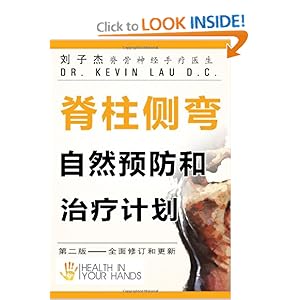
What is often in shredded cheese besides cheese?
Powdered cellulose: minuscule pieces of wood pulp or other plant fibers that coat the cheese and keep it from clumping by blocking out moisture.
One of an array of factory-made additives, cellulose is increasingly used by the processed-food industry, producers say. Food-product makers use it to thicken or stabilize foods, replace fat and boost fiber content, and cut the need for ingredients like oil or flour, which are getting more expensive.
Cellulose products, gums and fibers allow food manufactures to offer white bread with high dietary fiber content, low-fat ice cream that still feels creamy on the tongue, and allow cooks to sprinkle cheese over their dinner without taking time to shred.
Cellulose additives belong to a family of substances known as hydrocolloids that act in various ways with water, such as creating gels.
The rising cost of raw materials like flour, sugar and oil is helping boost the popularity of these additives, producers of the ingredients say.
Demand for cellulose is also rising because of the growing popularity of processed food products in China, India and other countries, and because consumers are demanding low-fat or nonfat foods that still have a creamy texture.
While some food manufactures say they aren't increasing the percentage of cellulose in their products, others are boosting the amount of fiber in their foods with cellulose and other ingredients. Companies can save money by using it, even though it costs more by weight than conventional ingredients. Cellulose gives food "more water, more air, a creamy feeling in [the] mouth with less of other ingredients," and only a very small amount is needed, says Niels Thestrup, vice president of the hydrocolloids department for Danisco AS. The Copenhagen-based company makes ingredients and enzymes for food, cleaning supplies and other products.
Cellulose is especially popular because it can be used in many ways in food and is relatively inexpensive at about $2.50 to $3 a pound for one type his company makes, says Mr. Thestrup. The company's sales of hydrocolloids had been rising 3% to 5% a year over the past decade, but in the past two years, sales are up about 6% to 8%.
Even organic-food products can contain cellulose.
Organic Valley uses powdered cellulose made from wood pulp in its shredded-cheese products. The company would prefer not to use a synthetic ingredient, but cellulose is bland, white and repels moisture, making it the favored choice over products such as potato starch, says Tripp Hughes, director of product marketing for Organic Valley.
Only powdered cellulose in its least manipulated form can be used in foods labeled "organic" or "made with organic" ingredients by the U.S. Department of Agriculture.
Cellulose comes in various forms, each with a specific use. Beyond powdered cellulose, two other modified forms are common in food. Microcrystalline cellulose is either listed as such on labels, as MCC, or in some cases as cellulose gel. Carboxymethyl cellulose or cellulose gum, another modified version, is listed as such on labels. Each gives foods a slightly different texture—from gelatinous to more liquid-like—because they trap varying amounts of air or water.
Powdered cellulose is made by cooking raw plant fiber—usually wood—in various chemicals to separate the cellulose, and then purified. Modified versions go through extra processing, such as exposing them to acid to further break down the fiber.
 More and more researchers, educators, and parents are realizing that not only is playground time good for kids-it is crucial. Here's why it just may be the fourth "R" in school, and what you can do to make sure your child gets a healthy dose of downtime.
More and more researchers, educators, and parents are realizing that not only is playground time good for kids-it is crucial. Here's why it just may be the fourth "R" in school, and what you can do to make sure your child gets a healthy dose of downtime.



